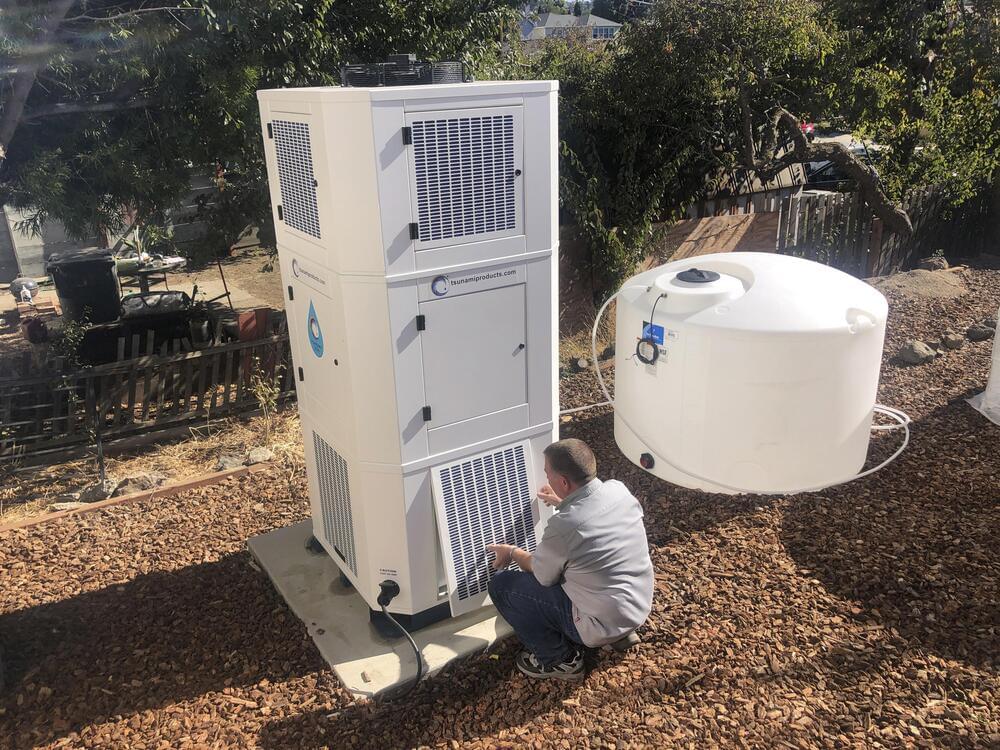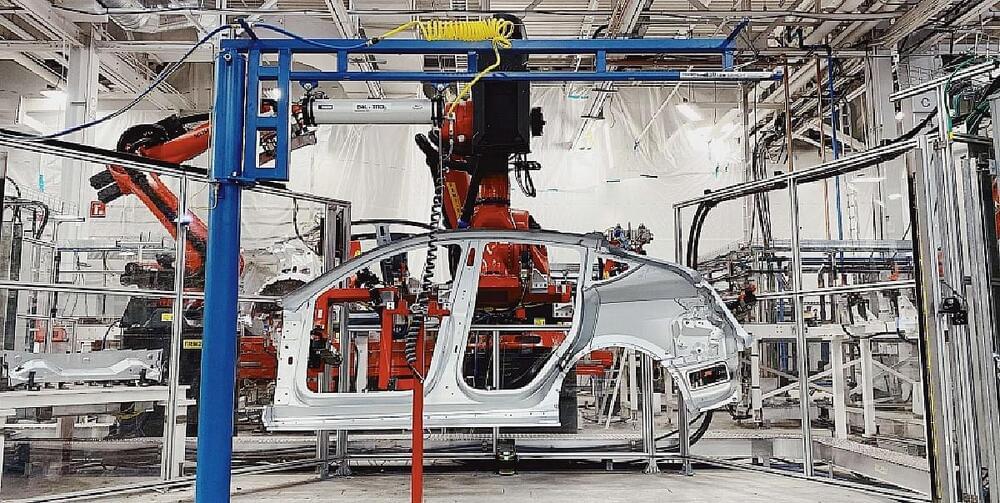Circa 2012
It’s okay, you’ve not clicked on “Green Plane Reports”, but every so often something from beyond the world of cars catches our attention.
This time, it’s electric flight. The concept is nothing new, and it’s even been alluded to by people like Elon Musk of Tesla, but for the time being it remains a true flight of fancy, rather than a working concept for passenger transportation.
The video above suggests one such way of making the concept workable. We’ll leave you to form your own thoughts, but we can forsee a few disadvantages.






